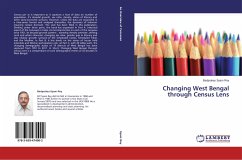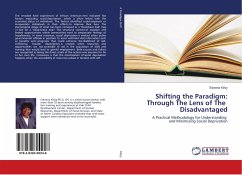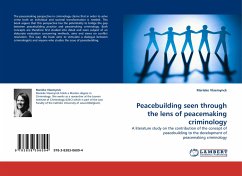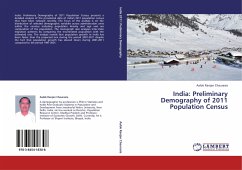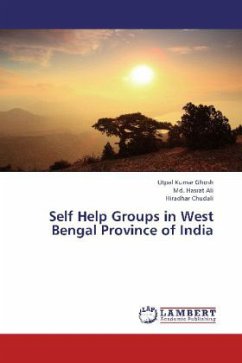Census per se is important as it captures a host of data on number of population, it's decadal growth, sex ratio, density, status of literacy and other socio-economic scenario. However, unless the data are organized in a time-series format and analyzed thereafter, the dynamics of inherent meaning remain dormant. The void has been filled in this publication. Dividing under three parts, the book has organized in Part A ,historical aspect of the Censuses in India ,its incremental size on each of the censuses since 1951, its decadal growth pattern , alarming density overtime ,shifting rural and urban character, changing sex ratio, gender gap in literacy and also relative growth scenario of the Scheduled Castes, Scheduled Tribes and the Muslims. In Part B, it has dwelt on the status of house hold amenities and Worker participation rate. At Part C, with 26 tables each, the changing demographic status of 19 districts of West Bengal has been captured from 1951 to 2011. In Short, ChangingWest Bengal through Census Lens is a compendium of such demographic events of six decades in West Bengal.

